Back in December, I attended the launch party for the Atlanta opening of Pirch. In case you are not familiar with it, Pirch is a national kitchen, bath, and lifestyle retailer with showrooms around the country. (Look for new showrooms to open in Paramus, New Jersey this year and in New York City next year.) Before I toured the Atlanta store, I had heard of the Pirch brand but knew little more than the name. What I wasn't prepared for was the excitement I felt as I looked at ranges, faucets, vent hoods, and bathroom sinks. Who knew that I could get so giddy over the prospect of scrambling eggs on an outdoor flattop grill?
Pirch carries an impressive range of high-end kitchen appliances and bath fixtures, with such brands as La Cornue, Bertazzoni, American Range, and Gessi making appearances. But what makes Pirch unique is that the customer is encouraged to test out the products before purchasing them. If you're curious about what kind of water stream will emanate from a shower head, simply turn it on as most of the showroom's faucets and shower heads actually work. Are you leaning towards purchasing a La Cornue range but are unsure of its capabilities? No problem. Pirch will connect that range in their test kitchen and have their in-house chef instruct you on how it works. It's like taking a car on a test drive before buying it. Now do you see why I found my tour so inspiring?
As someone who cooks on a 1968 cooktop (I swear) and whose bathroom still has its original plumbing fixtures, I wasn't really aware of all of the recent innovations in kitchen and bath technology. There are now so many options in terms of color, materials, and finishes, not to mention all of the bells and whistles that help to make cooking and bathing more efficient and luxurious, too. After I finished my tour, I came to the conclusion that it is high time for me to liberate my kitchen and baths from their 1968 shackles and outfit them in Pirch-style. If you're in the same boat as me, or if you simply wish to see and test out the latest in bath fixtures and kitchen appliances, then I encourage you to visit a Pirch store soon. Trust me. You'll walk away feeling inspired.
Cookbook author and Atlanta native Alex Hitz was the featured chef at the launch party, hence the sterling silver and crystal epergne and the scrumptious food.
The reflective finish of these cabinets caught my eye because it has a slightly 1930s-look.
Colorful ranges.
"The Patio" is Pirch's showcase for outdoor cooking equipment, including the flattop cooking grill upon which one can fry eggs and bacon.
See what I mean about bells and whistles?
Some of the ways with which you can turn your bathroom into a spa.
All photos taken by Jennifer Boles with the exception of #2, 3, and 8, which were taken by Kim Simons.








































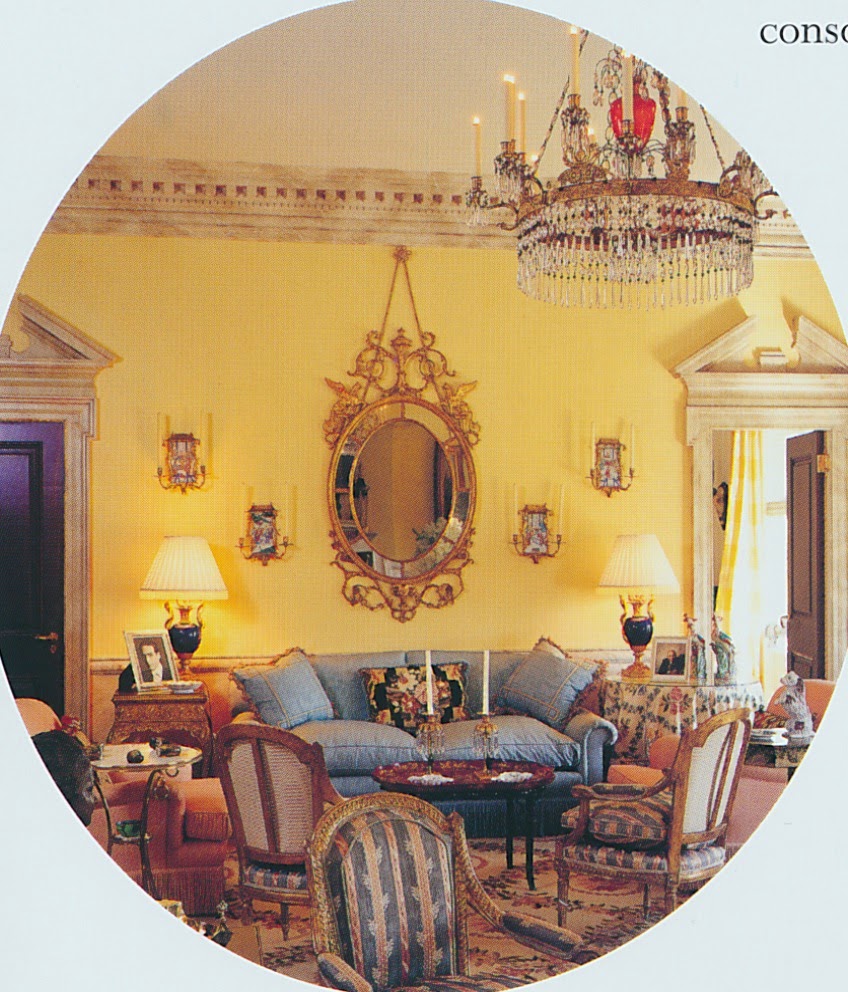
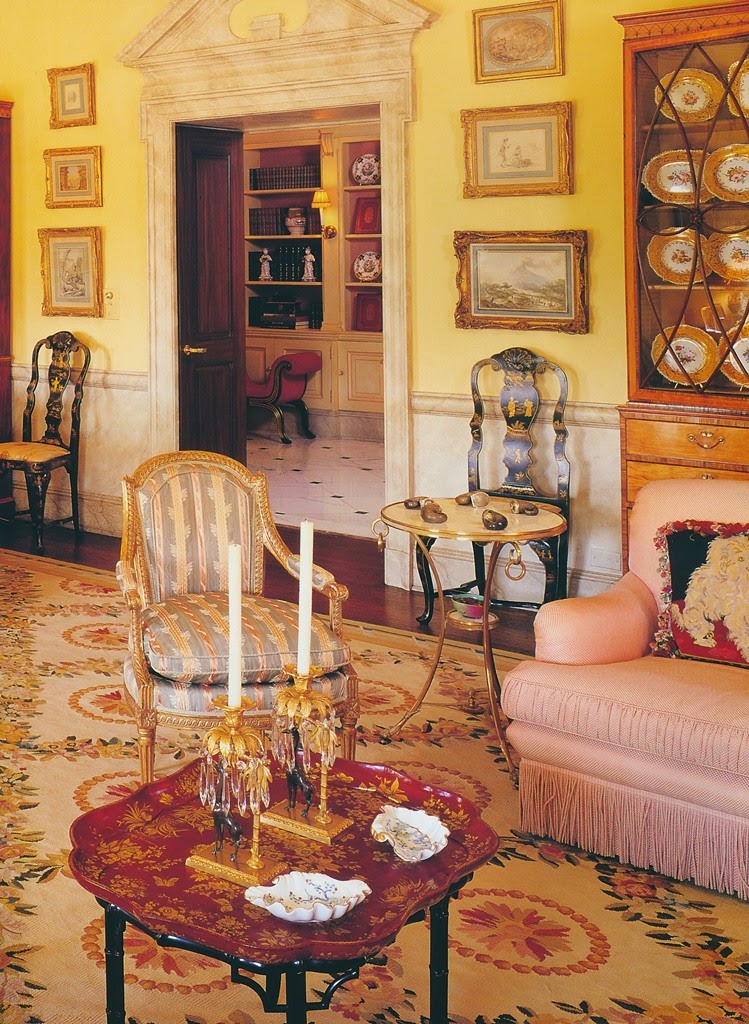

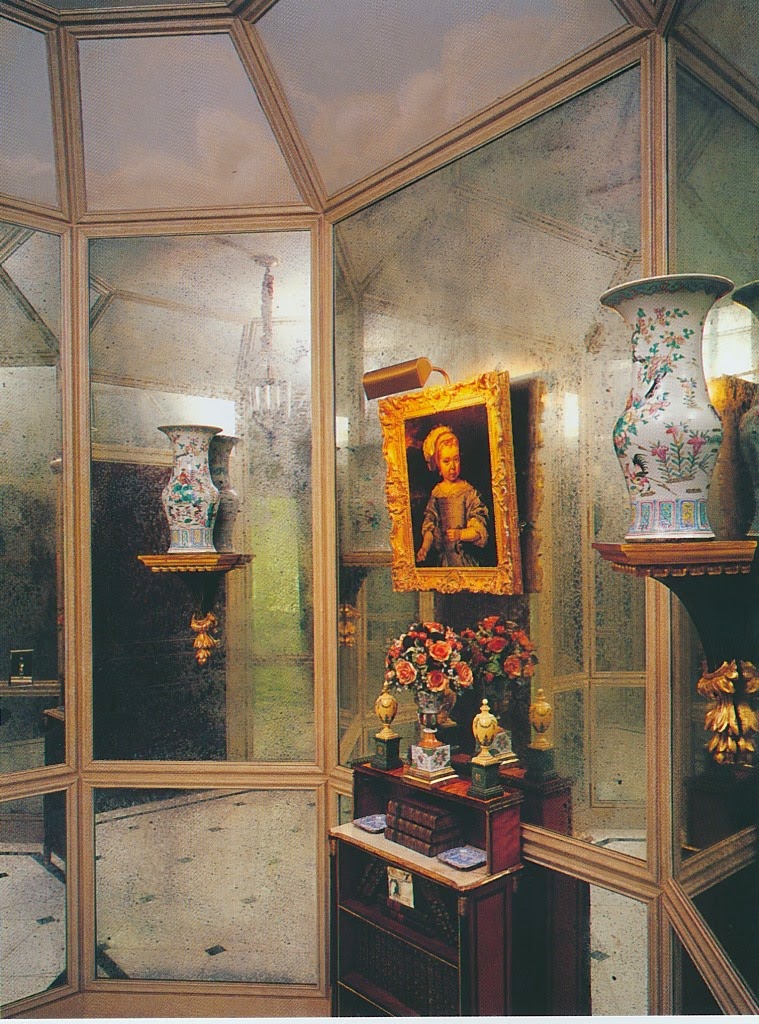
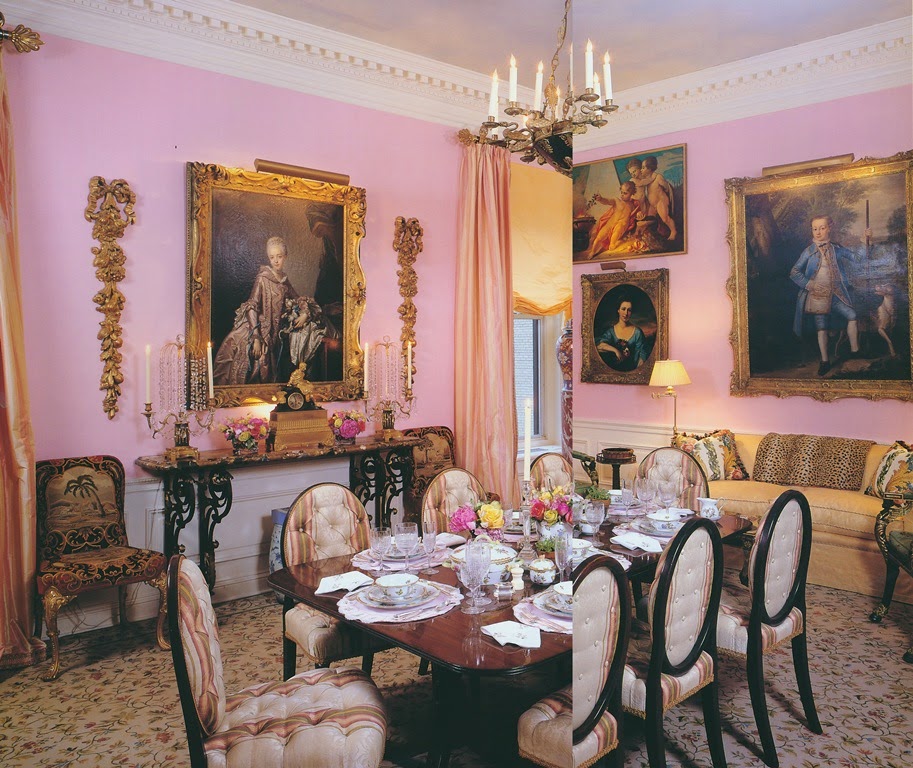




.png)































.jpg)


























































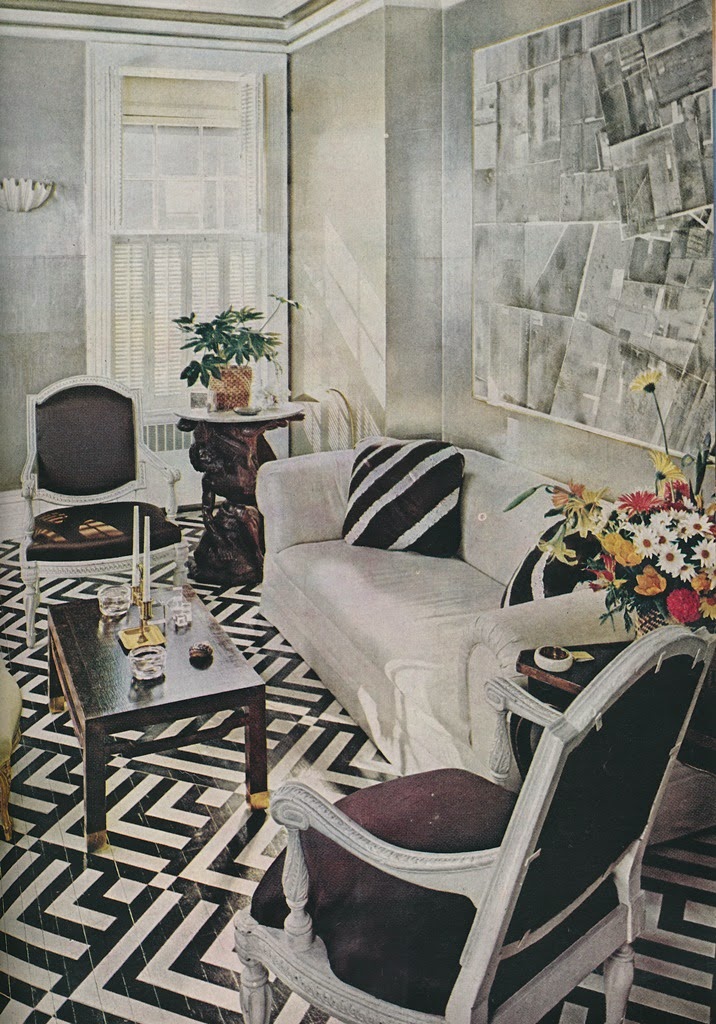
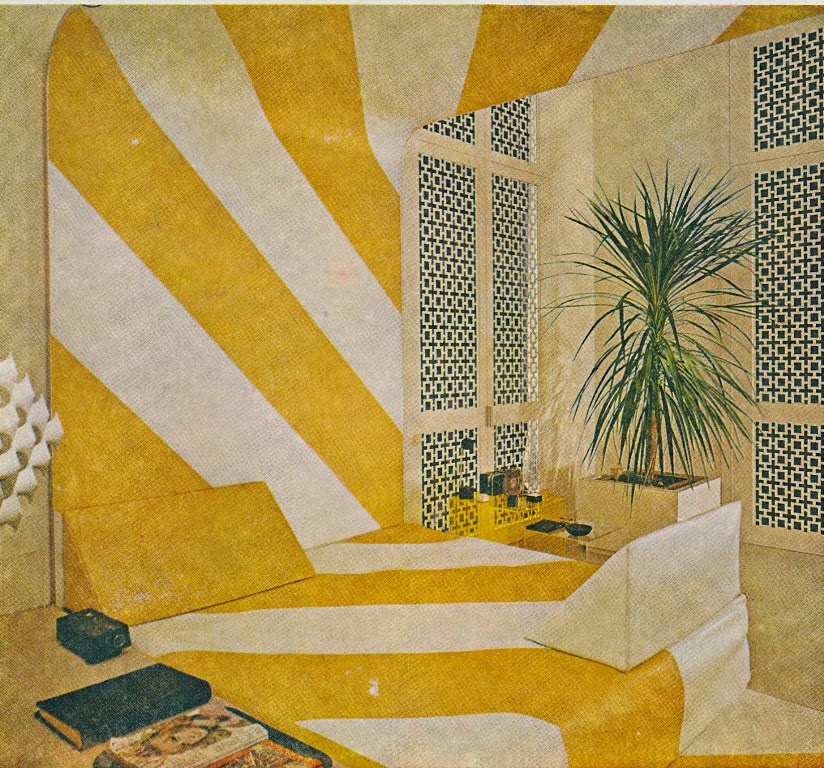
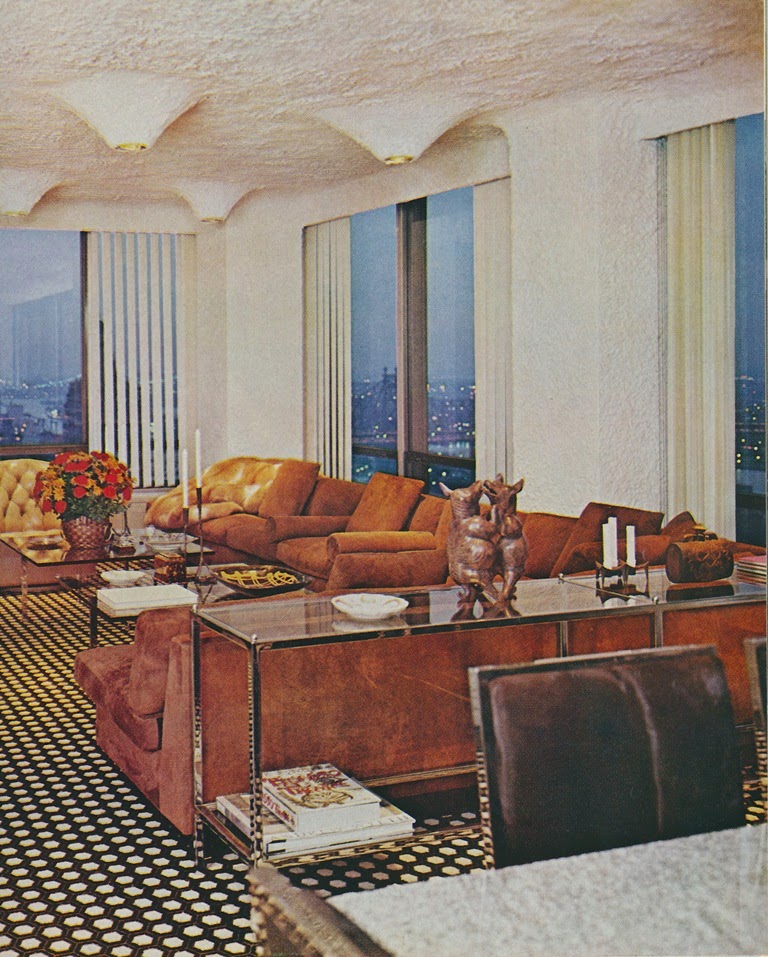
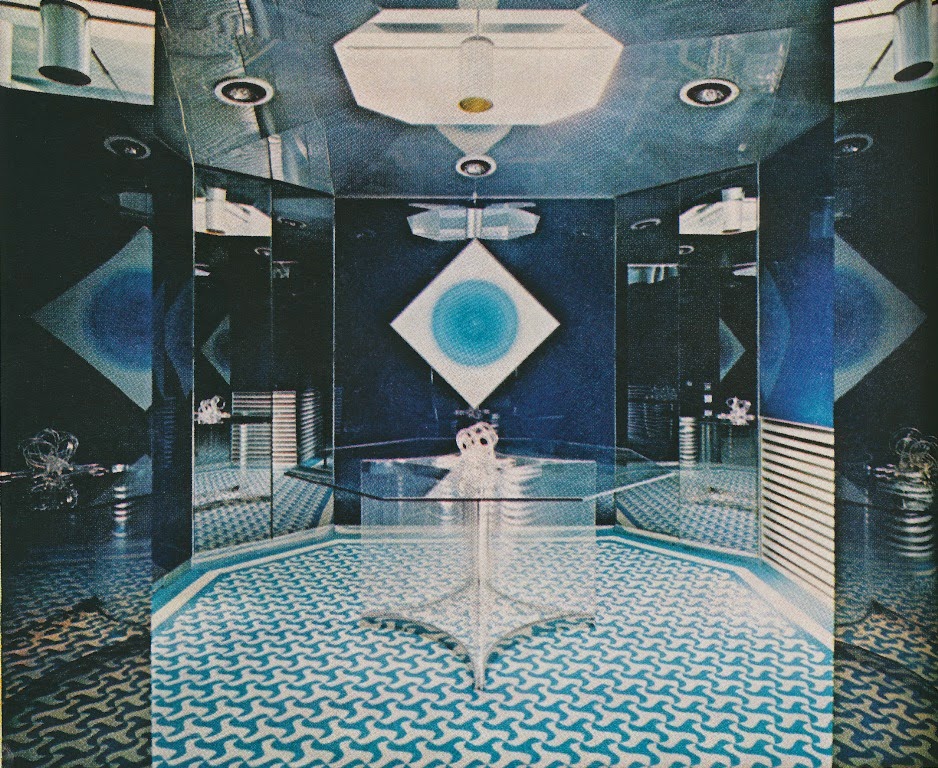
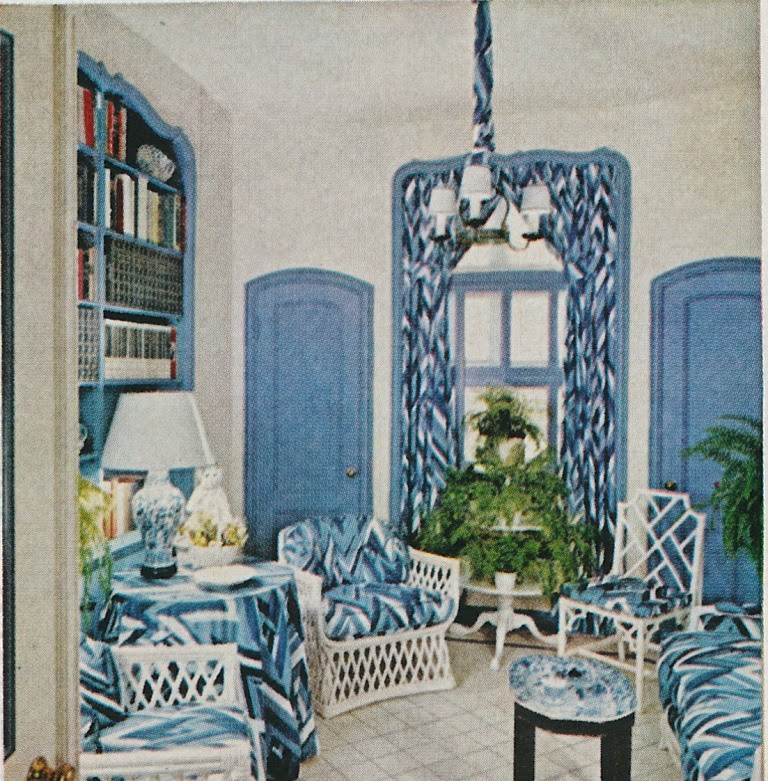
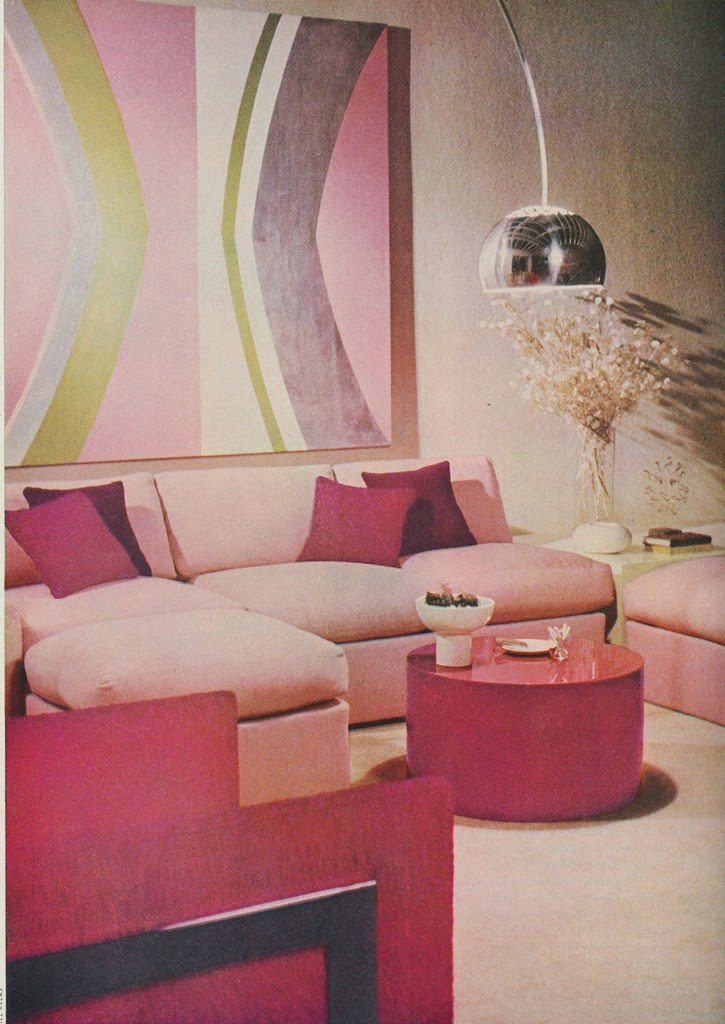
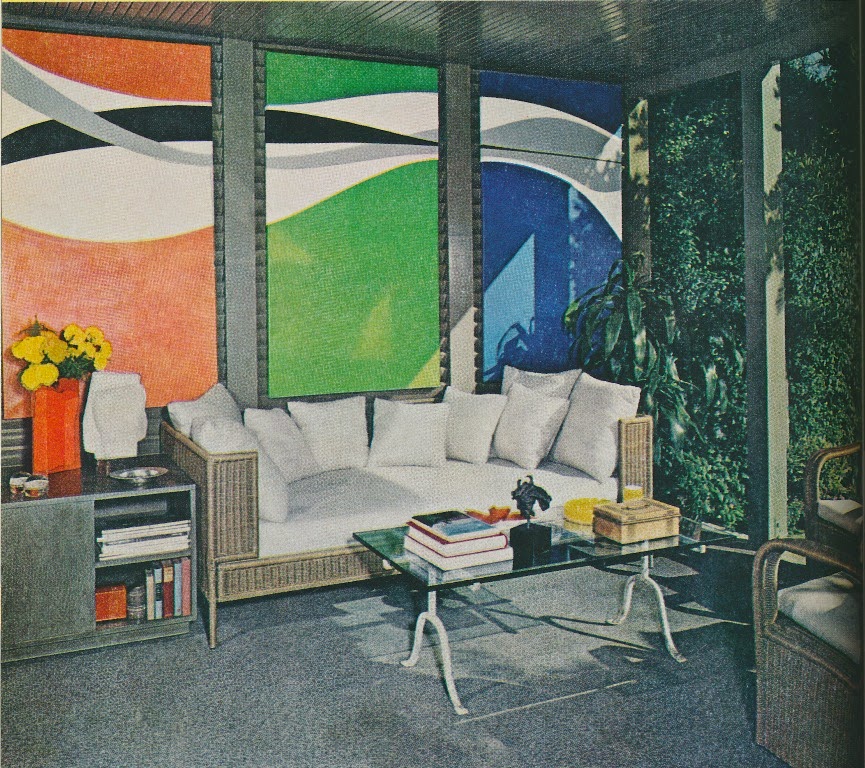
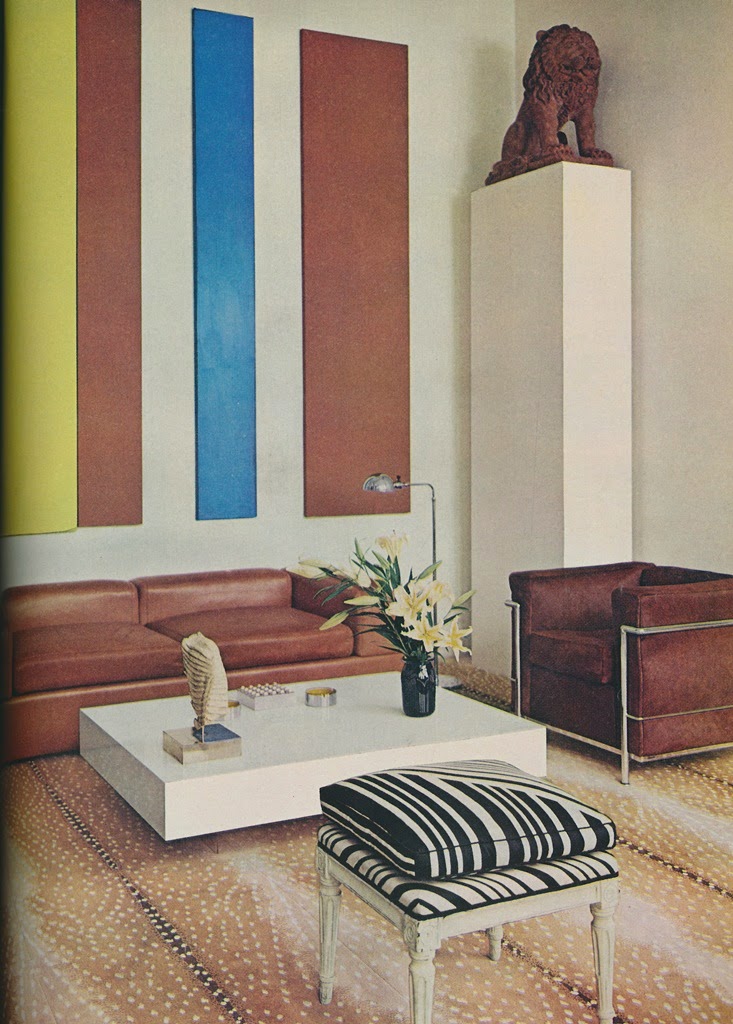
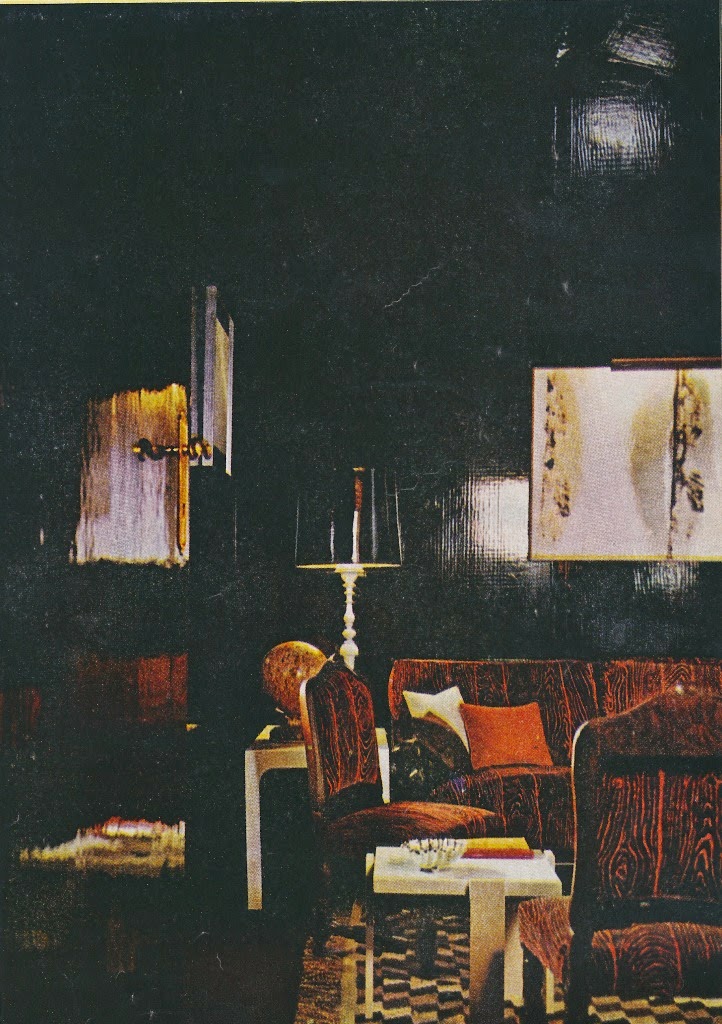
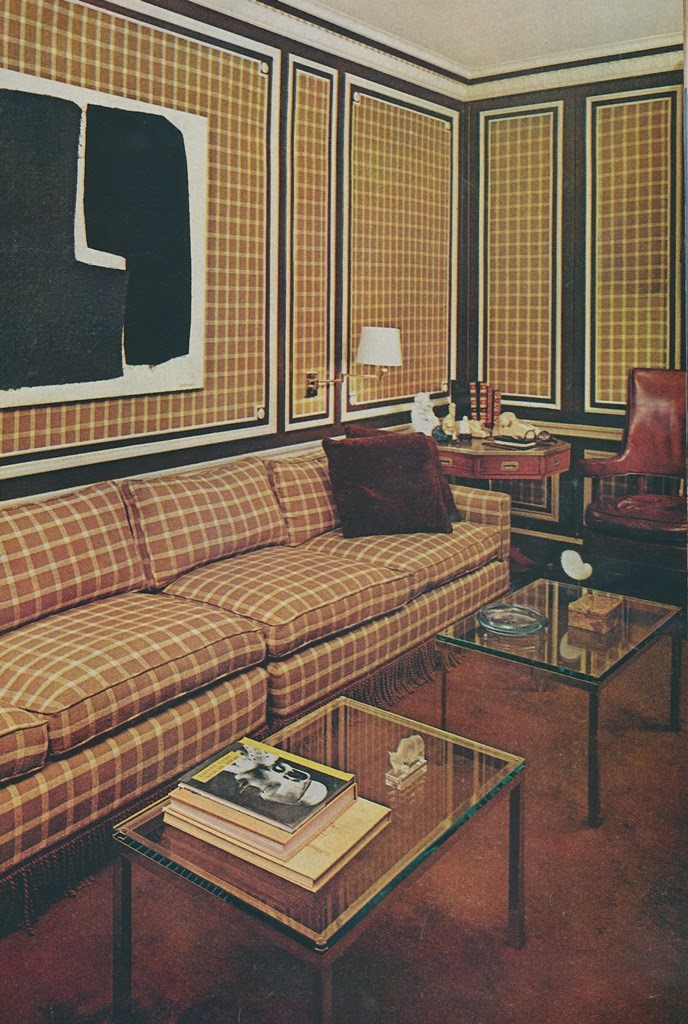

 , which was written by his former assistant and Bennison Fabrics founder and president, Gillian Newberry.
, which was written by his former assistant and Bennison Fabrics founder and president, Gillian Newberry.



